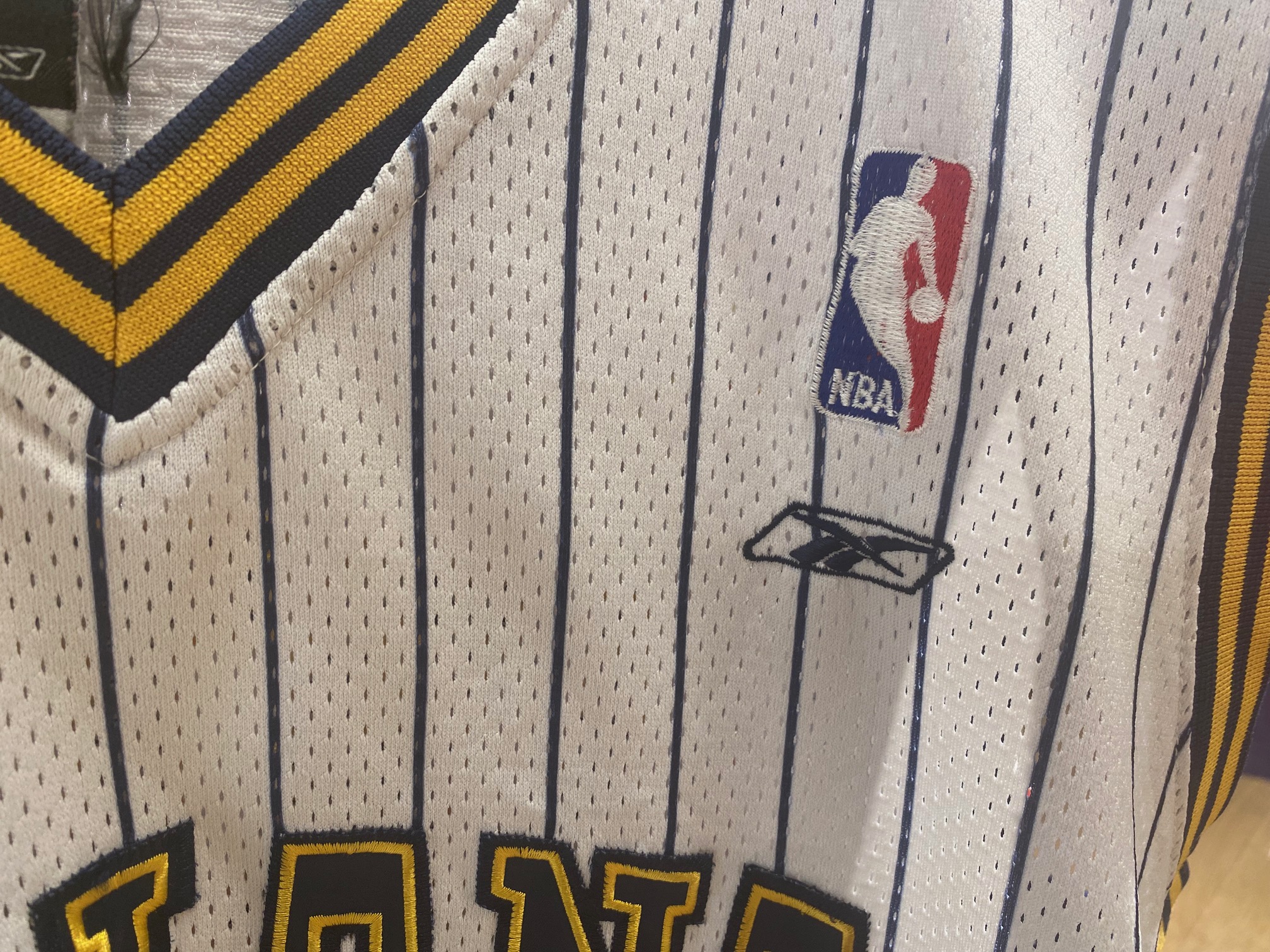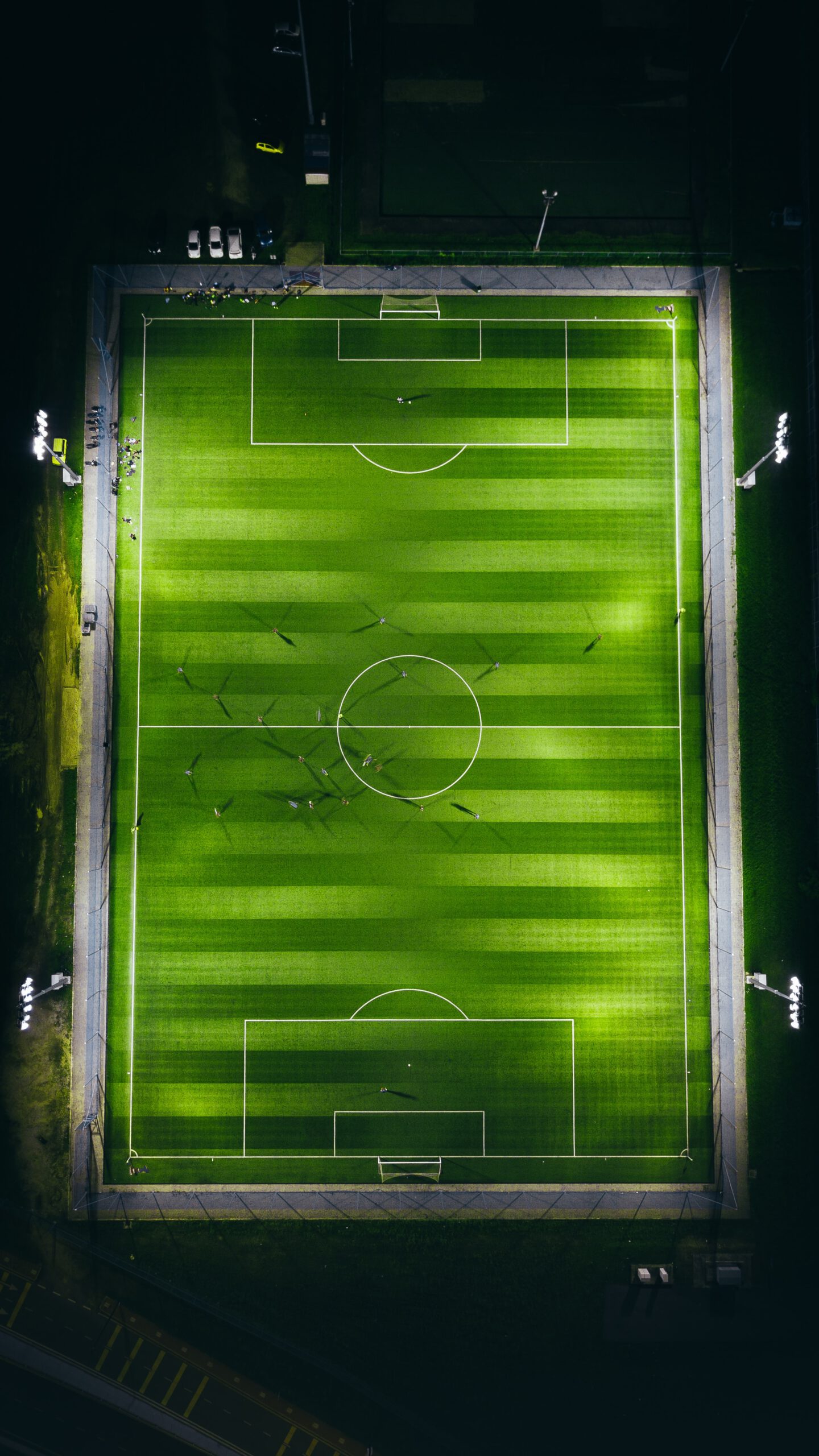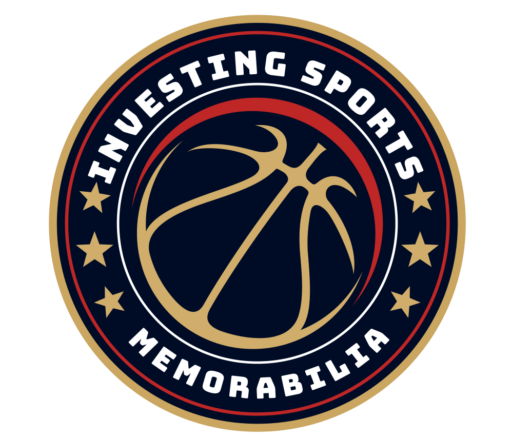
The Legacy of the Notorious Operation Bullpen
On that fateful day, October 13, 1999, the FBI crashed the party of a group of individuals who had discovered an unconventional way to make money seemingly fall from the sky – “Operation Bullpen”. This group had orchestrated the largest autograph forgery ring in American history, and it was about to come crashing down. Federal agents, numbering in the hundreds, conducted simultaneous raids on numerous homes and businesses in six different states. Their operation resulted in the seizure of a vast trove of counterfeit memorabilia and half a million dollars in cash.
Despite the considerable time that has passed since this notorious incident, the impact of Operation Bullpen on the collecting hobby endures. In a special five-part series for Sports Collectors Daily, we will revisit the ring’s history and reveal never-before-seen images of forgeries.
The FBI code-named their investigation “Operation Bullpen,” a nod to the abundance of fraudulent signatures produced by these counterfeiters. The operation garnered national attention in the spring of 2000 when the FBI’s Special Agent in Charge held up a baseball at a press conference in San Diego, claiming it was signed by Mother Teresa. This audacious forgery, featuring the signature of the beloved Christian missionary on a baseball, struck many as absurd and laughable.
However, the FBI viewed the ring with deadly seriousness. The annual signed memorabilia industry, encompassing baseballs, basketballs, footballs, jerseys, caps, photos, and posters, was estimated to be worth a staggering $1 billion in the United States. According to the FBI, the forgers and their associates defrauded American consumers of $100 million by selling them items purportedly signed by legendary figures such as Babe Ruth, Michael Jordan, Tiger Woods, and other superstars, which were, in reality, counterfeit.
In March 2002, the FBI extended its Operation Bullpen investigation, raiding more forgers and counterfeit dealers in locations like New York, New Jersey, and various parts of the country. This effort resulted in the disruption of 18 forgery rings, over 60 charges and convictions, and the seizure of tens of thousands of forgeries, along with $5 million in illegal cash and goods.
Notably, another FBI investigation, named “Operation Foul Ball,” had already dismantled a Chicago forgery ring in 1996. This local Chicago case served as the catalyst for the broader, nationwide Operation Bullpen investigation conducted by the San Diego FBI.
However, beyond the impressive statistics and law enforcement actions, Operation Bullpen continues to captivate and intrigue collectors. Many recognize that the problem of forgery has not been eradicated and, in some cases, may have worsened since 1999. The growth of the internet, which provides con artists with greater speed and anonymity, has further compounded the issue.
In 2006, a book titled “Operation Bullpen: The Inside Story of the Biggest Forgery Scam in American History” was published. It remains in print and continues to sell, with plans in place to adapt it into a movie. The National Baseball Hall of Fame has collaborated with the FBI to collect counterfeit material, aiming to create an exhibit on the case in Cooperstown. Even seven years after the book’s release, the author still receives inquiries from collectors and enthusiasts seeking answers about the ring.
The photographs accompanying this article, taken by the FBI during a 2000 press conference and another event five years later, have never been made public, as far as the author knows. These images were primarily intended for showcasing the extensive loot confiscated by federal investigators. The 2005 press conference also featured Lance Alworth, the retired San Diego Chargers football legend, further emphasizing the significance of the operation.
Most of the sports equipment seized by the FBI was in excellent condition, except for the forged signatures on them. To avoid wasting these usable items, the FBI initiated a commendable campaign to deface the forged signatures. Afterward, the agency donated the equipment to local sports leagues and youth organizations.
The striking aspect of these photographs isn’t just the sheer volume of items seized but the realization that this is only a fraction of the counterfeit material the FBI managed to recover. The bulk of these fake items, numbering in the hundreds of thousands, remains in circulation, often unbeknownst to collectors. This hidden world of forgery persists, with many counterfeit pieces being bought and sold on online platforms like eBay.
The enduring fascination with Operation Bullpen lies in the fact that, although the ring itself has been dismantled, its influence continues to affect the world of sports memorabilia collecting. It serves as a stark reminder that vigilance and knowledge are essential when navigating the complex landscape of sports collectibles.
Interested in the story? Buy the book “Operation Bullpen: The Inside Story of the Biggest Forgery Scam in American History” by Kevin Nelson.
Jasper Krulick
I have been collecting memorabilia for half of my life. I started very small with a few trading cards and since then I am more and more interested in the subject. I read a lot in Facebook groups, collect especially Jordan memorabilia. I'm happy if you like my content.
You May Also Like

Mastering the Art of Investing in Sports Collectibles & Memorabilia: Expert Tips and Strategies
July 17, 2023
Arsenal FC ‘s Priceless Legacy: Exploring the Most Valuable Memorabilia
April 30, 2023


